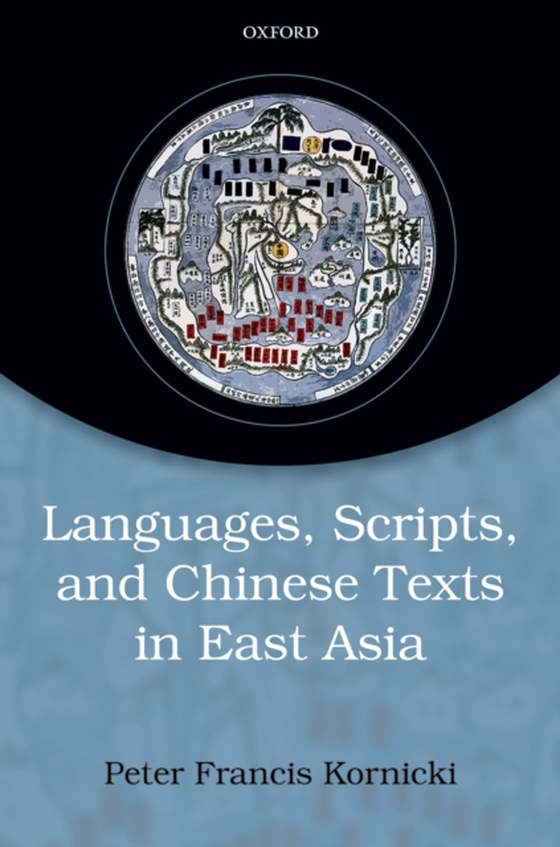
Languages, scripts, and Chinese texts in East Asia e-bog
875,33 DKK
(inkl. moms 1094,16 DKK)
Chinese Writing and the Rise of the Vernacular in East Asia is a wide-ranging study of vernacularization in East Asia - not only China, Japan, Korea, and Vietnam, but also societies that no longer exist, such as the Tangut and Khitan empires. Peter Kornicki takes the reader from the early centuries of the common era, when the Chinese script was the only form of writing and Chinese Buddhist, Con...
E-bog
875,33 DKK
Forlag
OUP Oxford
Udgivet
19 januar 2018
Længde
416 sider
Genrer
1FP
Sprog
English
Format
epub
Beskyttelse
LCP
ISBN
9780192518699
Chinese Writing and the Rise of the Vernacular in East Asia is a wide-ranging study of vernacularization in East Asia - not only China, Japan, Korea, and Vietnam, but also societies that no longer exist, such as the Tangut and Khitan empires. Peter Kornicki takes the reader from the early centuries of the common era, when the Chinese script was the only form of writing and Chinese Buddhist, Confucian, and medical texts spread throughout East Asia, throughthe centuries when vernacular scripts evolved, right up to the end of the nineteenth century when nationalism created new roles for vernacular languages and vernacular scripts. Through an examination of oral approaches to Chinese texts, it shows how highly-valued Chinese texts came to be read through the prismof the vernaculars and ultimately to be translated. This long process has some parallels with vernacularization in Europe, but a crucial difference is that literary Chinese was, unlike Latin, not a spoken language. As a consequence, people who spoke different East Asian vernaculars had no means of communicating in speech, but they could communicate silently by means of written conversation in literary Chinese; a further consequence is that within each society Chinese texts assumed vernaculargarb: in classes and lectures, Chinese texts were read and declaimed in the vernaculars. What happened in the nineteenth century and why are there still so many different scripts in East Asia? How and why were Chinese texts dethroned, and what replaced them? These are some of the questions addressed inChinese Writing and the Rise of the Vernacular in East Asia.
 Dansk
Dansk

